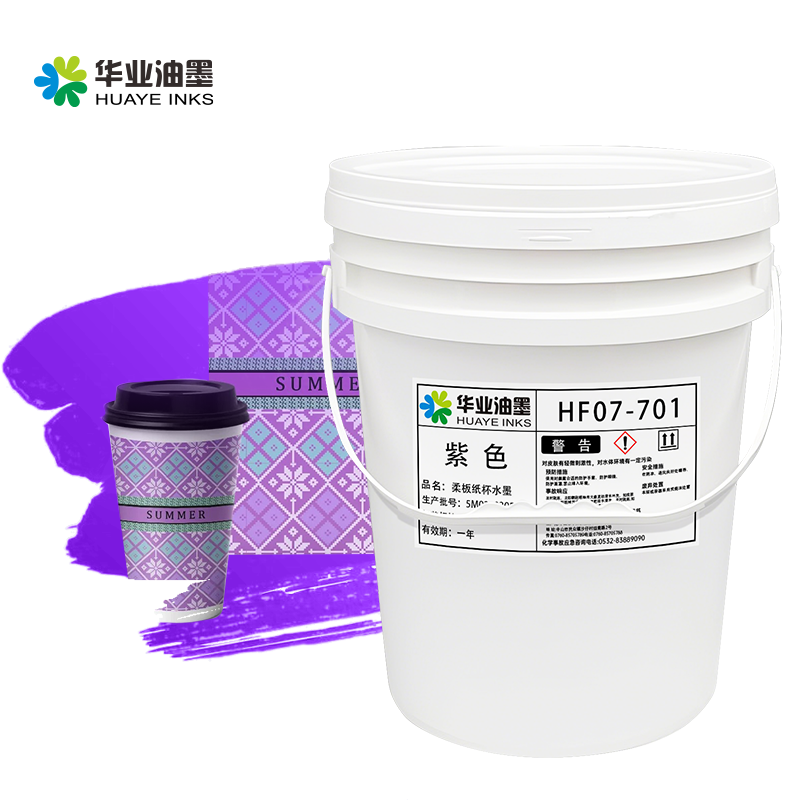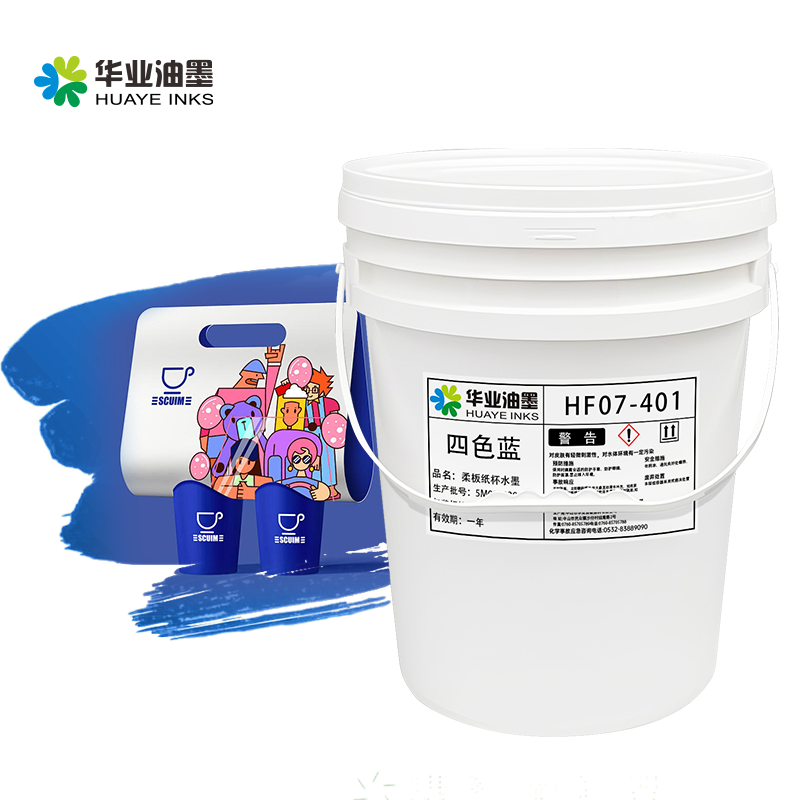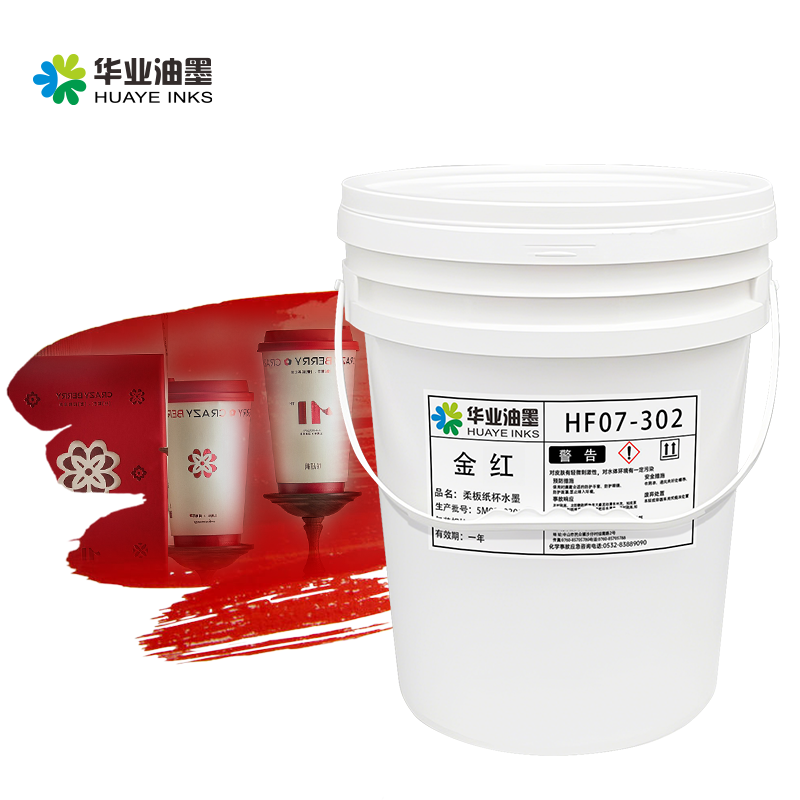No.2 Jieqing Road ,Shazai industrial Park, Minzhong Zhongshan City, Guangdong Province
Flexographic printing inks are the lifeblood of the flexographic printing process, a widely - adopted method known for its versatility and efficiency in various industries. These inks are formulated with a precise combination of pigments, binders, solvents, and additives, each playing a crucial role in determining the ink's performance and the quality of the final print. The pigments in flexographic printing inks are carefully selected for their color strength, purity, and lightfastness. They are responsible for the vividness and accuracy of the printed colors, enabling the reproduction of a broad color gamut. Whether it's printing vibrant product images on packaging or detailed graphics on labels, high - quality pigments ensure sharp, clear, and consistent color output. Advanced pigment dispersion technology is often employed to evenly distribute the pigments within the ink matrix, preventing issues like color streaks or unevenness. Binders serve as the adhesive backbone of flexographic printing inks. They hold the pigments together and facilitate adhesion to different substrates, such as paper, cardboard, plastic films, and laminates. Different types of binders are used based on the substrate's characteristics and the end - use requirements. For example, binders for printing on porous paper substrates may have different properties compared to those for non - porous plastic films. The choice of binder also impacts the ink's film - forming properties, determining the smoothness, durability, and flexibility of the printed layer. Solvents play a vital role in controlling the ink's viscosity, which is essential for proper ink transfer in the flexographic printing process. The viscosity of the ink needs to be carefully adjusted to ensure that it fills the cells of the flexographic printing plate adequately and transfers evenly to the substrate. Solvents also affect the drying speed of the ink. In solvent - based flexographic inks, the solvents evaporate during the drying process, while in water - based inks, water evaporation occurs. UV - curable flexographic inks, on the other hand, cure through a chemical reaction initiated by ultraviolet light. Additives are incorporated into flexographic printing inks to enhance specific properties. Anti - foaming agents prevent the formation of bubbles during ink preparation and printing, which could cause defects in the printed image. Wetting agents improve the ink's ability to spread evenly on the substrate, especially for difficult - to - wet surfaces. Drying accelerators can be used to speed up the drying process of solvent - or water - based inks, increasing production efficiency. Flexographic printing inks are used in a wide range of applications, from packaging consumer goods, food products, and beverages to producing labels, tags, and promotional materials. Their adaptability to different substrates and printing requirements makes them an indispensable choice for modern printing operations. As the printing industry evolves, there is a growing focus on developing more sustainable flexographic printing inks, such as low - VOC (volatile organic compound) or water - based formulations, to meet environmental regulations and consumer demands.


